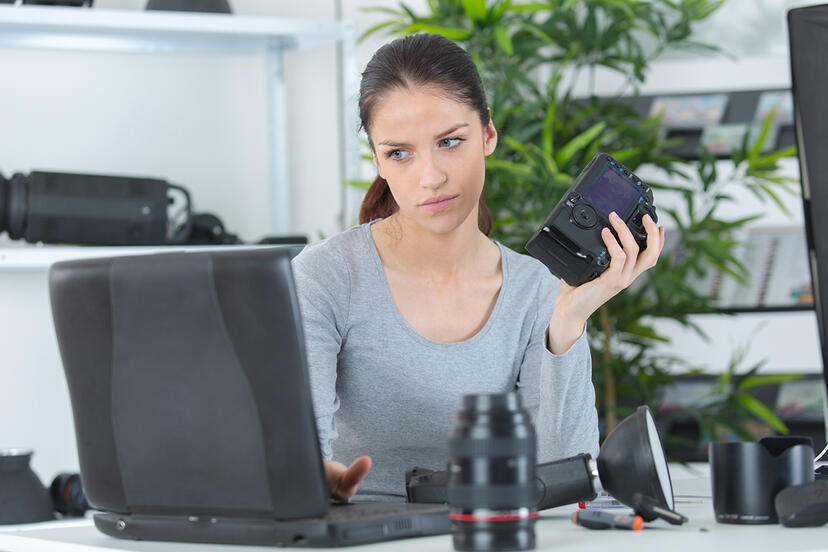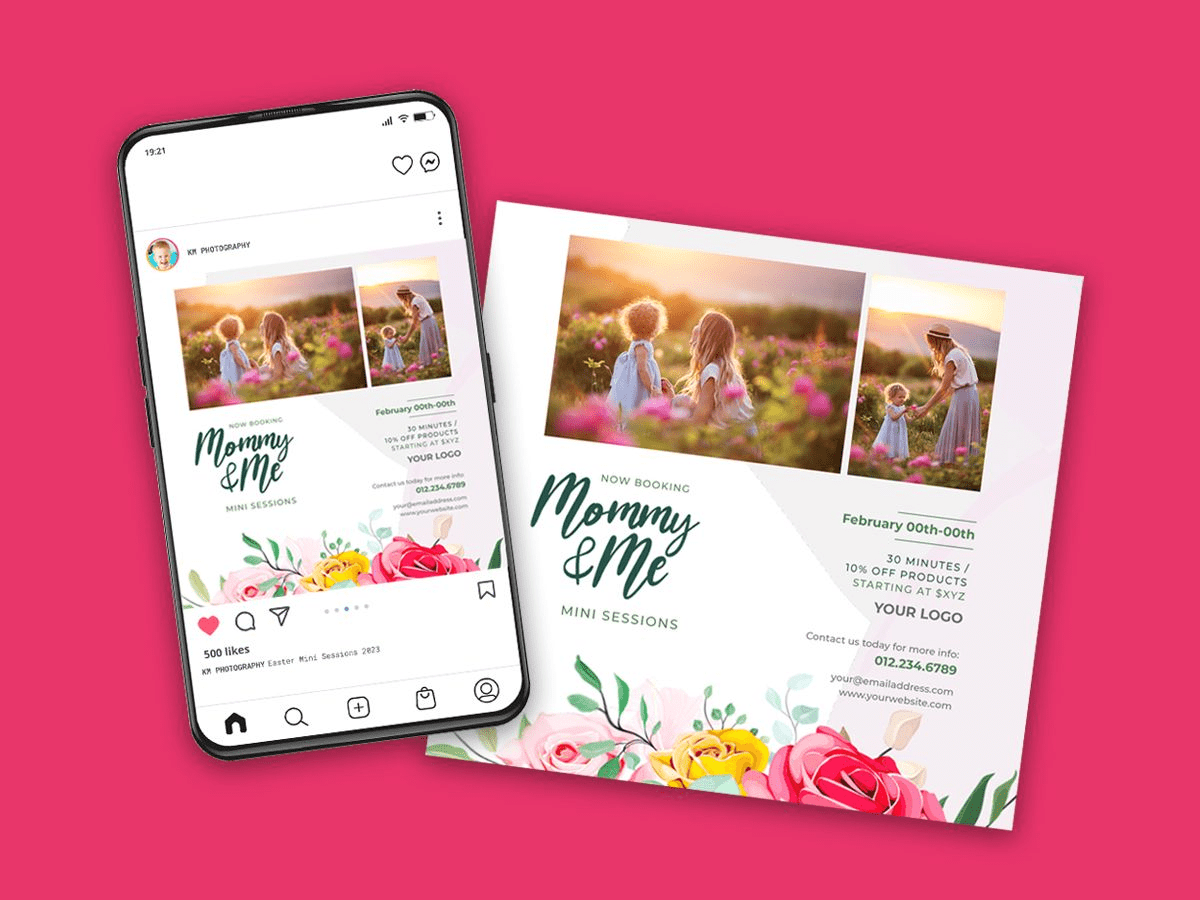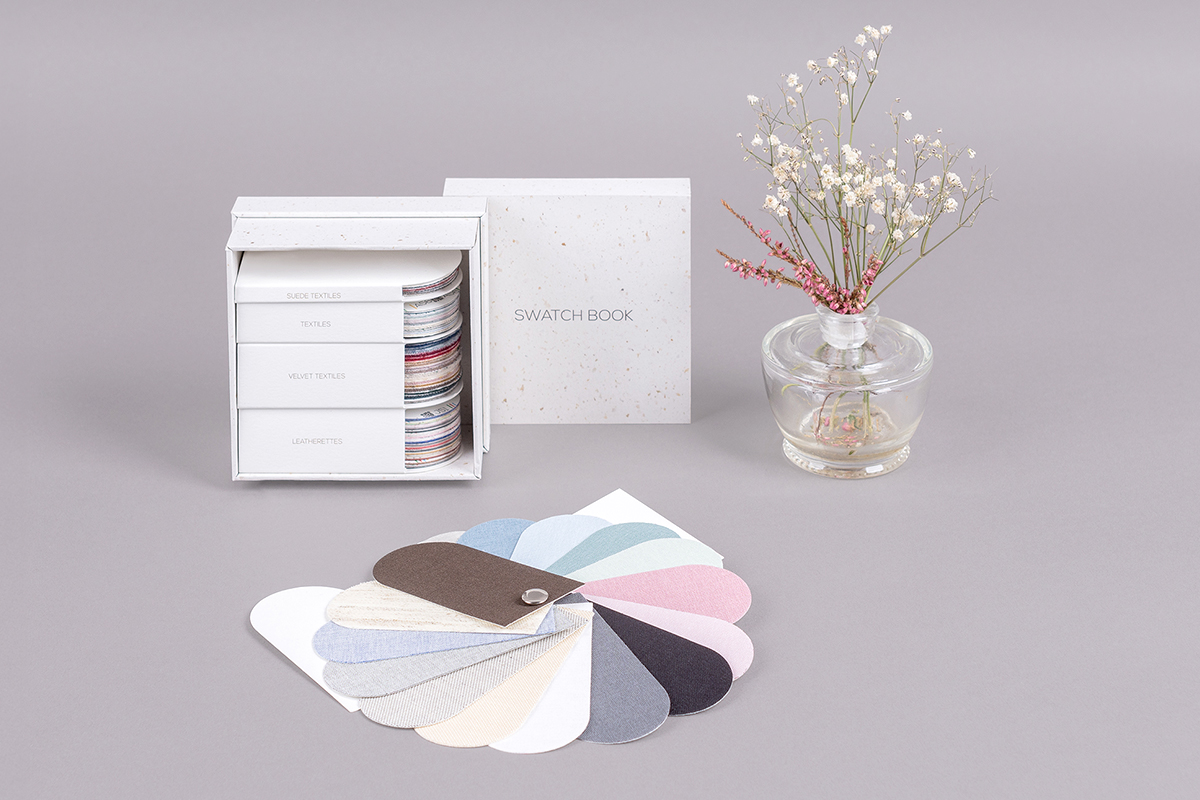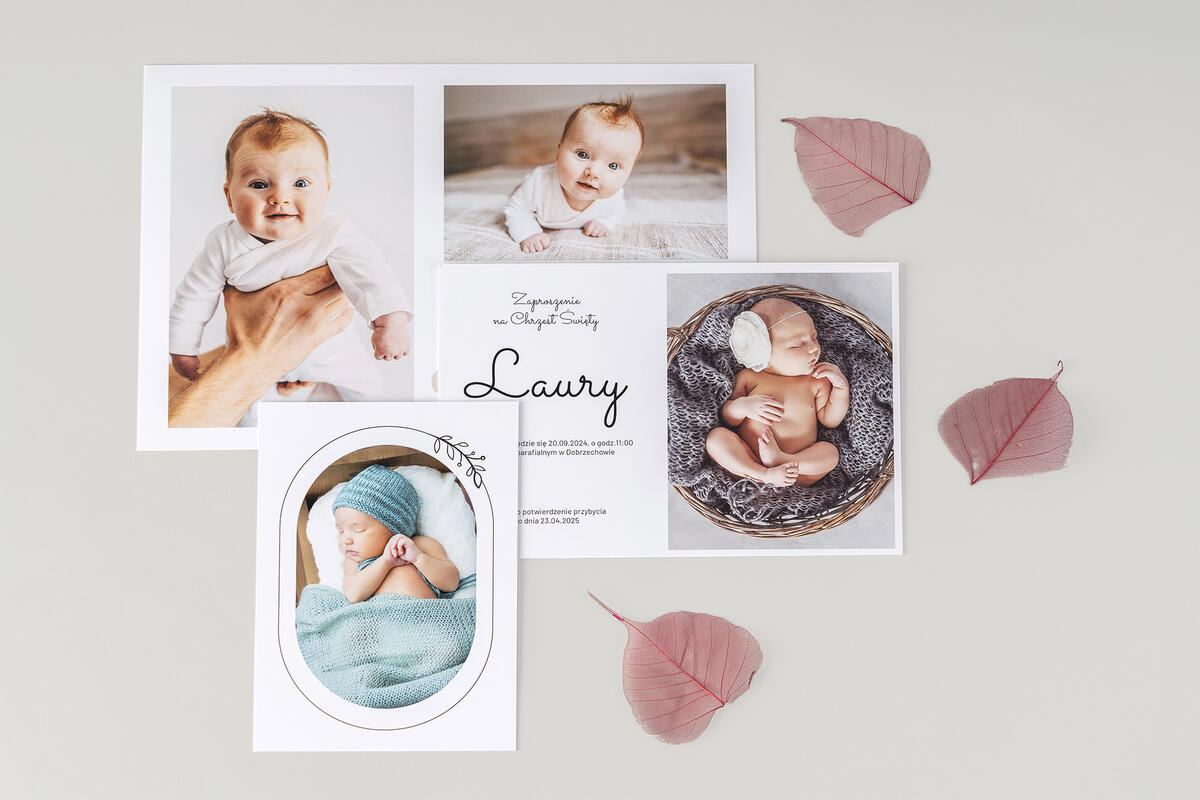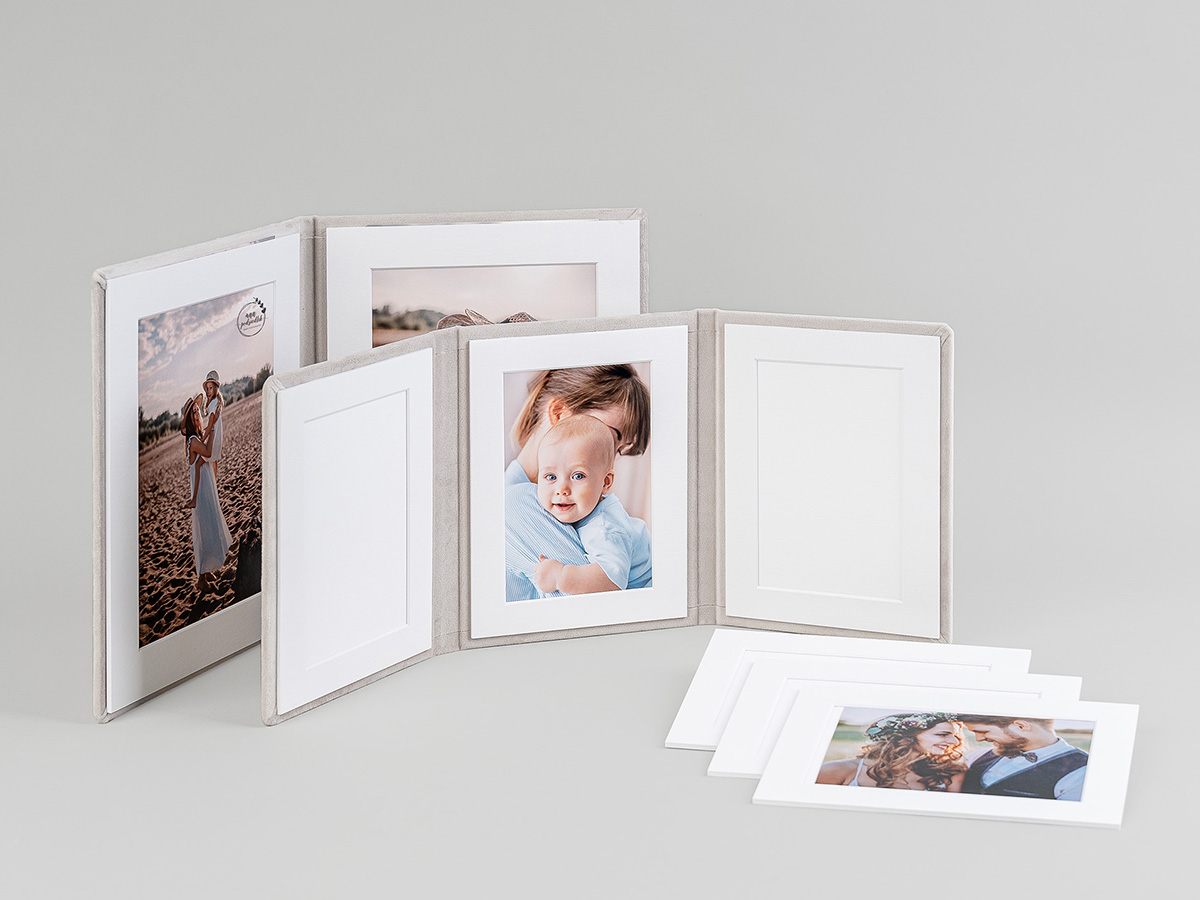
Even the most advanced monitor is useless if it's not properly calibrated. It's the first step to achieving stunning prints with accurately rendered colour and detail. Here are some examples of how improper monitor calibration can negatively impact your photo editing results.
Incorrect Brightness
If your monitor is too bright or too dark, your photos may be improperly exposed:
- Too Bright: Your photos might appear underexposed. You may add too much brightness, resulting in overexposed areas and loss of detail.
- Too Dark: Your photos might look overexposed, leading you to increase shadows and lose detail in the darker parts of a photo.
Unbalanced Color Temperature
The color temperature of your monitor affects color perception. Common errors include:
- Too Warm (red and yellow dominance): This can make your photos appear excessively warm. To compensate, you might add blue tones, leading to unnaturally cool images.
- Too Cool (blue dominance): This can make your photos look too cold, prompting you to add warm tones, resulting in unnaturally warm images.
Incorrect Contrast
Poorly set contrast can distort your images. Common issues include:
- Too High: This can cause a loss of detail in both the highlights and shadows. You might reduce contrast, resulting in flat and washed-out photos.
- Too Low: This can lead to dull, lifeless images. You might overcompensate by increasing contrast, resulting in exaggerated, unnatural images.
Improper Color Balance
Poor settings can cause colors in printed photos to be either too saturated or too faded:
- Excess of One Color: For example, too much green can lead to color corrections that make photos look unnatural.
- Lack of One Color: For instance, insufficient red can result in faded, cool-toned photos that don’t reflect the true appearance of the scene.
Issues with Color Gradation
An improperly calibrated monitor can cause problems with color gradation:
- Banding: Visible color bands instead of smooth transitions. Attempting to fix these artifacts can distort the image.
- Posterization: Loss of smooth color transitions, especially in subtle gradients, making photos look artificial.
Conclusion
You should now see how proper monitor calibration is crucial when preparing photos for print. An incorrectly calibrated monitor can lead to numerous issues that distort the final result of your photo editing. From brightness to contrast to color balance, each aspect significantly affects the final product. Thus, monitor calibration is a vital element for any professional involved in image editing.
